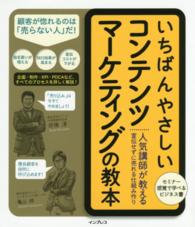Full Description
In the 'Age of Discovery', explorers brought a wealth of information about new and strange lands from across the oceans. Yet, even as the Americas appeared on new world maps, China remained a cartographic mystery. How was the puzzle of China's geography unravelled? Connected Cartographies demonstrates that knowledge about China was generated differently, not through exploration but through a fascinating bi-directional cross-cultural exchange of knowledge. Florin-Stefan Morar shows that interactions between Chinese and Western cartographic traditions led to the creation of a new genre of maps that incorporated features from both. This genre included works by renowned cartographers such as Abraham Ortelius and Matteo Ricci and other less-known works, 'black tulips of cartography,' hidden in special collections. Morar builds upon original sources in multiple languages from archives across three continents, producing a pioneering reconstruction of Sino-Western cartographic exchanges that shaped the modern world map and our shared global perspective.
Contents
Introduction; 1. The lay of the land: Chinese and European world maps before the encounter; 2. Translation and treason: the demarcation controversy and the first translations of maps of China in Europe; 3. The Westerner: Matteo Ricci's world map and the quandaries about European identity in late Ming China; 4. Material matters: the 1603 world map by Matteo Ricci and Li Yingshi and the Manchu appropriation of Chinese and Western cartographies; 5. At the limits of China: translating borders between China and the West; 6. China's place in the world: Sino-Western maps and the transformation of Chinese cartography; Epilogue the archipelago; List of maps and figures; Abbreviations; Bibliography; Index.





